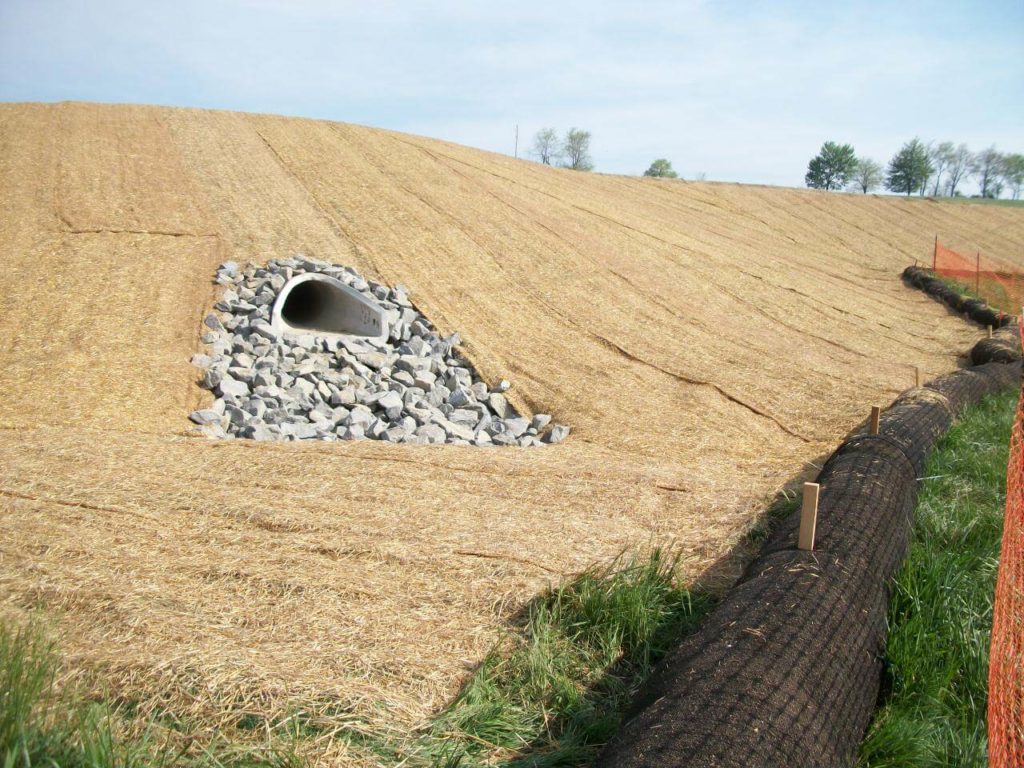- March 7, 2024
- Posted by: wellcoindustries
- Categories: Burlap, Erosion Control
Erosion control is a critical environmental concern, affecting land stability, water quality, and biodiversity. In our search for sustainable solutions, jute burlap mats emerge as a standout option, offering a blend of efficiency, eco-friendliness, and economic advantages. But why exactly are these mats so vital in the battle against erosion? Let’s dive into the nitty-gritty.

What is Jute Burlap?
Jute burlap is a woven fabric made from the fibers of the jute plant, a long, soft, shiny vegetable fiber that can be spun into coarse, strong threads. This natural material has been used historically for various purposes, from making ropes to sacks. Today, it’s gaining recognition for its environmental benefits, particularly in erosion control.
Biodegradability
Unlike synthetic materials, jute burlap is 100% biodegradable. This means it decomposes into the soil, enriching it rather than polluting. The environmental impact of using a natural, decomposing material cannot be overstated, especially in contrast with plastics and other non-biodegradable erosion control measures.
Effectiveness in Soil Stabilization
Jute burlap mats are not just eco-friendly; they’re also incredibly effective at stabilizing soil. They work by providing a protective layer that helps retain moisture and allows vegetation to establish. This vegetative growth is crucial for long-term erosion control, making jute mats an essential tool in both preventing soil erosion and aiding land recovery.
Cost-Efficiency
Considering the balance between cost and effectiveness, jute burlap mats are a win-win. They are relatively inexpensive to produce and install, yet they offer long-term benefits that far outweigh the initial investment. When compared with more expensive, less eco-friendly alternatives, the cost-efficiency of jute mats is clear.
Ease of Installation and Use
One of the great advantages of jute burlap mats is their ease of installation. They can be laid over almost any terrain, secured in place, and left to do their job. This ease of use, coupled with minimal maintenance requirements, makes them an attractive option for large-scale erosion control projects.
Sustainability and Eco-friendliness
Jute burlap mats support sustainable land management practices. By choosing a renewable, biodegradable material, we reduce our carbon footprint and support biodiversity. This aligns with global efforts to combat climate change and protect natural habitats.
Applications of Jute Burlap Mats in Erosion Control
Jute burlap mats are versatile, finding applications in urban landscaping, rural agriculture, and coastal protection. They are particularly useful in areas prone to heavy rain or wind, where soil erosion can be a significant problem.
Challenges and Solutions
Despite their benefits, deploying jute burlap mats can present challenges, such as durability under extreme weather conditions or on very steep slopes. However, by combining mats with other erosion control techniques, such as planting deep-rooted vegetation or using terracing, these challenges can be effectively managed.
Conclusion
In the quest for sustainable erosion control, jute burlap mats stand out for their environmental benefits, effectiveness, cost-efficiency, ease of use, and contribution to sustainable land management. As we continue to face the impacts of climate change, the importance of eco-friendly solutions like jute burlap mats cannot be overstated.
FAQs
- What is the lifespan of jute burlap mats? Jute burlap mats typically last 1-2 years, depending on environmental conditions, after which they biodegrade, contributing to soil health.
- How do jute burlap mats compare to plastic alternatives? Jute burlap mats are more eco-friendly, biodegradable, and often more effective in supporting vegetation growth, unlike plastic alternatives.
- Can jute burlap mats be used in any climate? Yes, they are versatile and can be used in a wide range of climates, from dry to wet conditions.
- What is the best way to install jute burlap mats? Lay the mats over the area needing protection, secure them with stakes or pins, and if possible, initiate vegetation growth through seeding.
- Are there any government subsidies available for using sustainable erosion control methods like jute burlap mats? This depends on local and national policies. Some regions offer subsidies or incentives for using sustainable land management practices.
